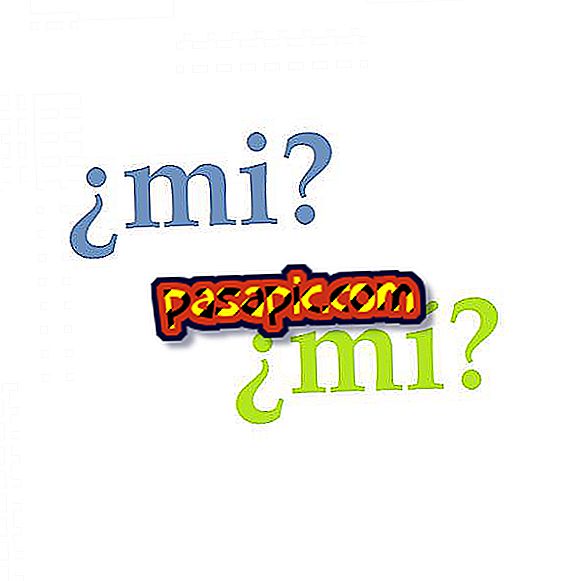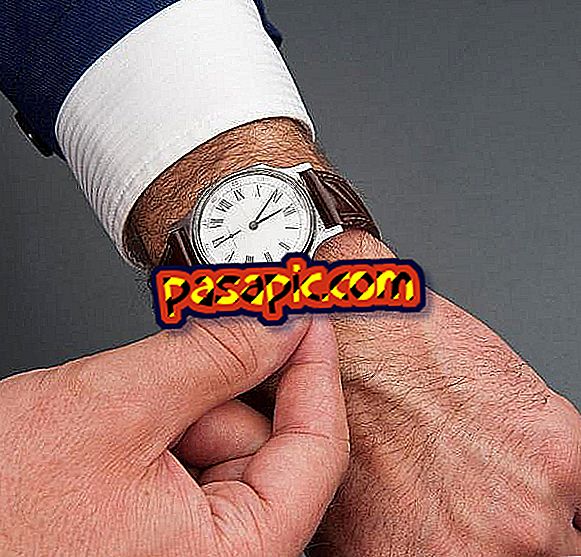How to make the Camino de Santiago in 7 days

Many of us think that the Camino de Santiago is one and it is not like that, there are several routes to get to Santiago de Compostela and so pilgrimage to the apostle. In this article we will explain very concretely and precisely what the stages should be if you want to reach Santiago in 7 days, this route is ideal if you want to walk the Camino de Santiago. No doubt 7 days is the usual time that pilgrims choose to live this adventure, it is enough to live the pilgrim feeling. Read carefully the stages that we propose and if you want to contribute your experience leave your comment.
one
The first thing we will make clear is that the route we propose is the route called "French", this is the best known and the most pilgrims follow, this route that we will do in 7 days can be done in about 31 days, with an average of 30 kilometers per day. This route begins in Saint Jean of Pied de Port (Donibane Garazi) and ends in Santiago de Compostela is the most important and popular pilgrimage axis of Santiago.

two
The first stage of the 7-day Santiago route will depart from Villafranca del Bierzo and ends in O Cebreiro (Lugo), this route will not be very hard and will last a total of 5 hours and 20 minutes. At the end of this day the pilgrims will arrive to the region of Galicia. The route leaves from Villafranca del Bierzo and passes through Pereje, a municipality that preserves its medieval atmosphere, and then Trabadelo. This town belonged to the Compostela Church after having been donated by Alfonso III, and where was the Castle of Aucatares.
The route then runs through Vega de Valcárcel, in the Ancares area. This town has developed in the shadow of the Castles of Sarracín, of which some ruins can be seen, and Veiga. Both castles are connected to Celtic legends
When approaching Lugo, the route passes through Ruitelán, with its chapel of San Froilán, which, according to popular legends, lived as a hermit here. Later, the route enters La Faba, from where you can see Cebreiro in the distance. The last town in the León region is Laguna de Castillo.
Cebreiro, with an altitude of 1, 300 meters. A group of "pallozas" can be circular houses pre-Romanesque seen-with thatched roofs-and a beautiful pre-Romanesque temple, from 9-10 C, which contains a chalice, the patena of "Santo Milagro" and a beautiful Romanesque carving of Santa Maria the real one. The Ethnographic Museum, located in a "pallozas" can be visited.

3
The next stage of our 7-day Santiago journey will be O Cebreiro. The first day of travel in Galicia begins in Liñares and continues in the Condesa Hospital. This town also has a church and a hospital for pilgrims, with a style and structure similar to those of the inns of Santa María la Real and neighboring Cebreiro.
Travelers pass through the villages of Padorneio, with its church of C 15; and Fonfría do Camiño, which contains the old pilgrim hospital, Santa Catalina. The route leads to Biduedo, where the smallest church along the route can be found, San Pedro. In As Pasantes pilgrims can pray in the chapel dedicated to the Virgen de los Remedios.
Finally, the route arrives at the end of your 2nd day of the 7 days, Triacastela. Traditionally the pilgrims used to take a limestone that they made along Castañeda, so it would become the lime that could be used to build the Cathedral of Santiago.

4
The third day of our route we will get fully into the interior of Galicia, arriving in Sarria. This stage will be about 4 hours and will pass through beautiful places, among them pilgrims can see Samos, whose Benedictine monastery of San Xulián de Samos, is worth visiting. Next, the route passes through a picturesque scene full of oaks and chestnut trees located in San Xil. This town has a Romanesque church with a chalice. The route continues Montán, where there is a church with a Romanesque nave and where the pilgrim can drink water from the Fuente de Chafarico.
After leaving this town, the route leads to Sarria, the stop point for today. In this city, where Alfonso IX died in 1230, while the pilgrimage, the old town retains a strong medieval character.

5
We have already reached the middle of our special way to Santiago, which in 7 days we will see the essence of it. The next stage begins in Sarria and ends in Portomarín. The route leaves Sarria and crosses first Viley and then Barbadelo. In the latter, pilgrims must pass through the church of Santiago, declared a National Historical Heritage. Built in the 12th century, the temple is one of the best examples of Romanesque in Galicia. The key elements of the church are the tympanum, the frontispiece, the north side and its sculptures. The next municipality that appears is Rente, followed by Mercado da Serra, a humble hamlet where the Jews of Portomarín used to trade and supply the pilgrims.

6
The next stage can be considered the second hardest stage, 5 hours and 15 minutes. This will be the most difficult stage of our Camino de Santiago made in 7 days. After leaving Portomarín, the pilgrims return to the route, which will pass through numerous villages that populate not only Lugo, but also Galicia. In this stage the route will cross Toxibó; Gonzar, who has a hotel business; Castromayor; Hospital da Cruz, also with a hospedería; Sales of Narón, an important medieval city. In their lands a bloody battle took place between the Christians and the Arabs in the year 820 additional on the Route are Prebisa; Lameiros, where pilgrims can visit the chapel of San Marcos and admire a beautiful cruise.

7
This for many is the queen stage of the 7 days of route, the stage that ends in Arzúa and starts in Portomarín. The Camino leaves Palas de Rey and continues towards the province of La Coruña. Not far away, Santiago de Compostela awaits pilgrims. The route crosses first San Julián del Camino, a small town where there is a Romanesque church with an interesting transept, then follows Outeiro da Ponte, where you will find the Castillo de Pambre, one of the best preserved fortresses in Galicia.
Further on, pilgrims pass through Pontecampaña, Casanova Mato, Porto de Bois and Campanilla. At the exit of this last town, the Route enters the province of La Coruña.

8
Arzúa or O Pedrouzo is a relaxing stage, prior to arrival in Santiago de Compostela. The pilgrims will start today's journey full of joy, aware that tomorrow they will arrive in Santiago de Compostela, where many wonders await, including the sepulcher of the Holy Apostle. The next stage, besides being very exciting for your sentimental and spiritual charge, will be tedious. For that reason, today's trip will be quiet and short; pilgrims better reserve your energies.

9
The last stage of this fantastic journey of the 7-day Camino de Santiago takes us from O Pedrouzo to Santiago de Compostela. The last day has arrived. The pilgrims begin their last day of travel along the Camino de Santiago. Throughout it, the pilgrims have traveled through a part of Spanish territory, and have enjoyed many of the innumerable wonders of national treasures, as a result of centuries of history, where the Camino de Santiago has played an important role.
The itinerary leads to Burgo, followed by Arca, San Antón, Amenal and San Paio. Further on, the route reaches Lavacolla, where the pilgrims washed and became handsome and beautiful before entering the city of Compostela.



